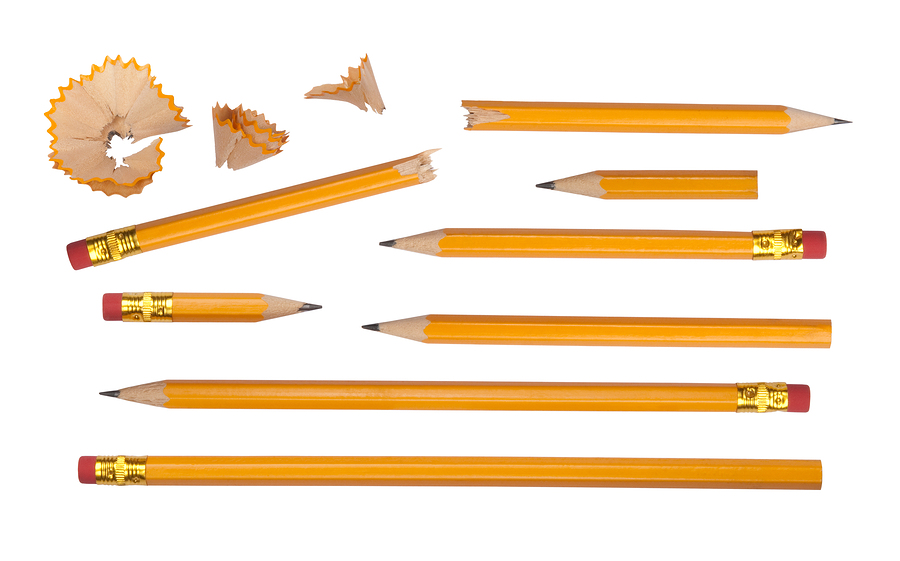
No doubt, you’ve struggled with some of these situations before, and if you have, it’s time to talk about the levels of editing:
- Program staff who are supposed to review for accuracy instead argue with your punctuation choices.
- Your executive director pulls the plug on an appeal letter right before going to print because “it doesn’t sound like me.”
- Five people look at the newsletter and not one of them, including you, catches the typo in the headline.
- You spend more time managing review cycles than actually creating content.
- Sometimes, those review cycles go on so long that the content is no longer timely. You do all the editing work and then scrap it entirely. Or you send it out, knowing it’s completely irrelevant.
One of the first steps to avoiding these situations is to educate your co-workers about the different levels of editing.
I like to break editing into three levels.
Level One: Substantive Editing AKA the “Big Picture” or Structural Editing
When responsible for the substantive or “big picture” edit, you must ensure the overall message and tone are right. Is this what we want to say and do we want to say it this way? Will this make sense to the reader and have the desired effect on them?
You’ll likely move sentences and even whole paragraphs around to strengthen the piece’s dramatic, emotional, or persuasive elements.
Level Two: Copyediting AKA Sentence and Paragraph Level Editing
After decisions about overall organization, message, tone, and style have been made, you can move on to copyediting. This is both a paragraph and sentence-level edit.
You’ll be editing to create clear and concise sentences and to ensure that those sentences flow well together into paragraphs. If your writers overuse certain phrases or write sentences of the same length, you’d work on those problems in the copyediting phase. You are editing for flow, continuity, and consistency. You may also be editing for technical accuracy.
Level Three: Proofreading AKA Word Level Editing
When you are responsible for proofreading, you are looking for typos and grammar, punctuation, and spelling mistakes.
You are also the final check on any inconsistencies with your style guide or internal inconsistencies in the document that have been overlooked (e.g., referring to the same person as Robert in one paragraph and Rob in another). Depending on the document, you might also look for oddities in the design, such as an awkward line or page break.
Using the Three Levels of Editing
These three levels can overlap. And you may have more than one person doing each kind of editing.
You may need some quick copyediting and proofreading before you get leadership involved in the big-picture editing (no one wants to show the boss something that is truly half-baked and full of typos).
But keep that kind of editing to the minimum until the substantive editing is done.
You should really do your levels of editing in the order above with little backtracking. It doesn’t make any sense to waste time making the right word choice and getting every bit of punctuation correct if you are still working on substantive editing, where you will most likely have major rewrites. You’ll have to do all of the work over again.
Who does what? It really depends. But not everyone should have carte blanche editing rights on everything. It’s inefficient and wreaks havoc on your content creation and review process.
Help people understand the levels of editing, and then assign those to specific people just like any other role or responsibility on a communications project.





